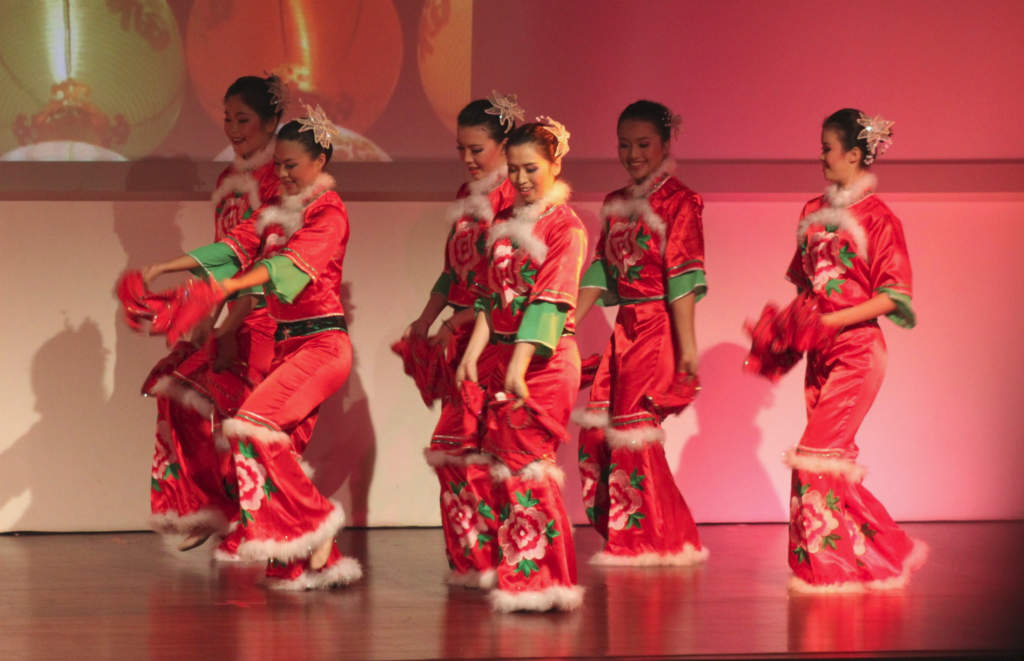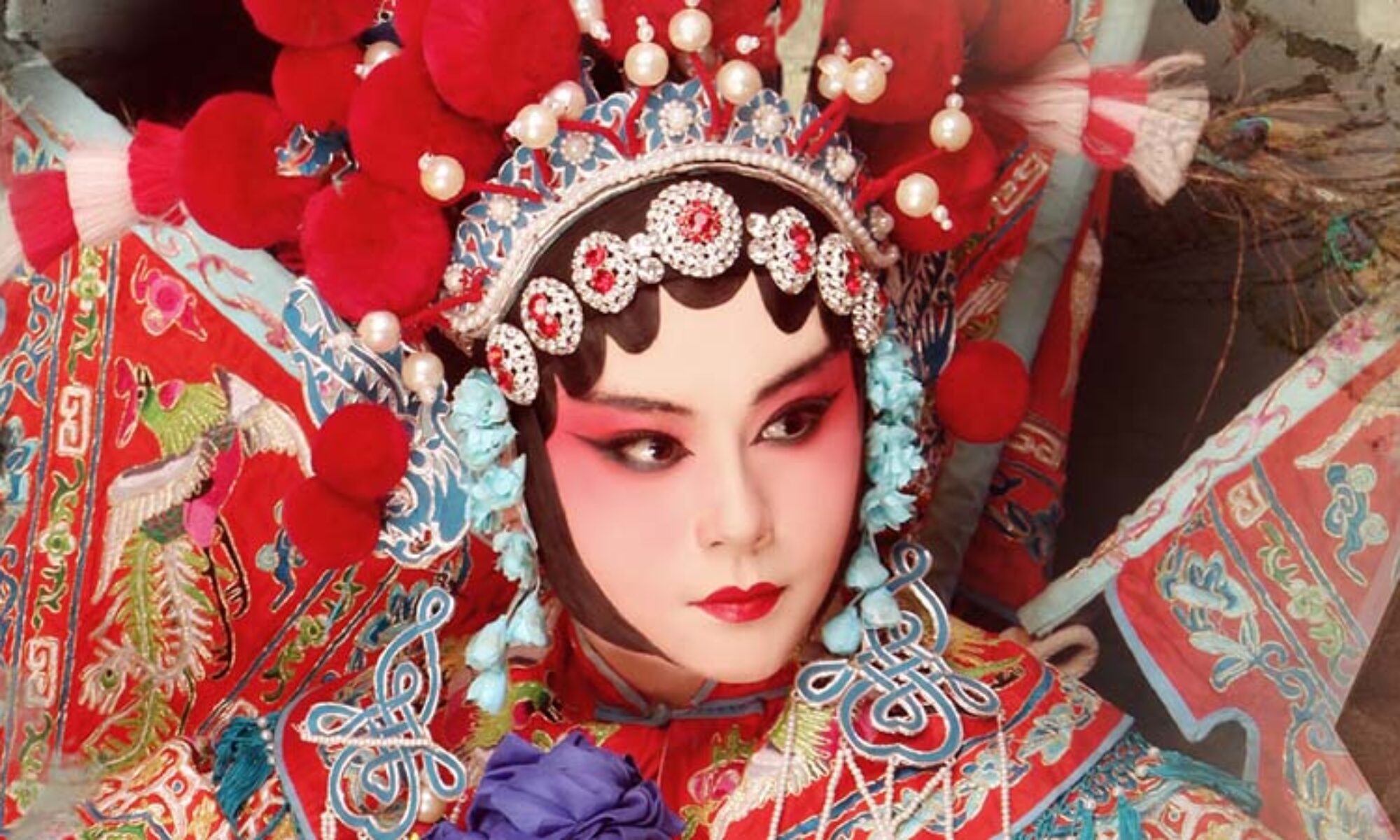
Yangge Dance: A Lively Celebration of Rural Heritage
Yangge dance is a vibrant and energetic folk dance that originated especially in rural areas of China. In this lively dance format, performers gather in groups to perform coordinated movements accompanied by upbeat songs. Yangge dance, whose roots are deeply rooted in rural traditions and customs, has emerged as an important cultural expression and a celebration of rural heritage.
The origins of the Yangge dance can be traced back several centuries to rural China. During festive occasions such as the Chinese New Year and harvest festivals, farmers would gather to celebrate a bountiful harvest and express their gratitude. The Yanghe dance served as a form of entertainment, bringing joy and vitality to these rural communities.
The dance is characterized by lively and rhythmic movements, reflecting the lively spirit of the peasants. Performers, often dressed in colorful costumes, form groups and move in unison to create a visually appealing spectacle. The dance is usually accompanied by lively music played on traditional Chinese instruments such as drums, gongs and cymbals.
One of the features of Yange Dance is that the performers actively participate in the singing. When dancing, performers often sing melodic chants or songs, adding more vibrancy and unity to the performance. The lyrics of these songs usually revolve around themes of agricultural life, nature, and the joys and challenges faced by rural communities.
Over time, Yang Ge dance not only remained a popular tradition in rural areas, but also became popular in urban settings, becoming an important part of China’s cultural heritage. Performed frequently at cultural festivals, parades, and other public events, it captivates audiences with its contagious energy and captivating choreography.
The Yange dance embodies the spirit of community, cooperation and celebration. It brings people together, promotes a sense of belonging, and helps maintain the cultural identity of rural communities. Through this dance form, the rich traditions and values of rural life are passed down from generation to generation and are not forgotten in today’s society’s rapid urbanization and modernization.
In recent years, efforts have been made to promote and preserve Yang Ge dance as an intangible cultural heritage. Various cultural organizations and educational institutions organize workshops and training programs to teach dance to the younger generation. This ensures the continuity and vitality of this folk art form, as well as its widespread recognition and appreciation. The Yange dance is a testament to the enduring spirit and resilience of rural communities. Its lively and energetic character reflects the optimism, vitality and joie de vivre inherent in these agricultural societies. By embracing and celebrating the tradition of the Yanghe dance, we honor the rich cultural heritage of our rural heritage and pay tribute to the hardworking farmers whose labor sustains our society.
